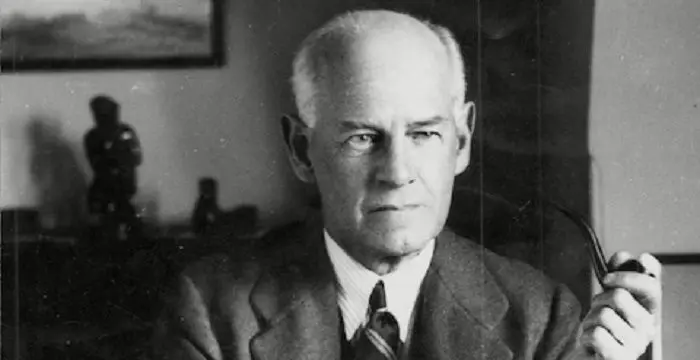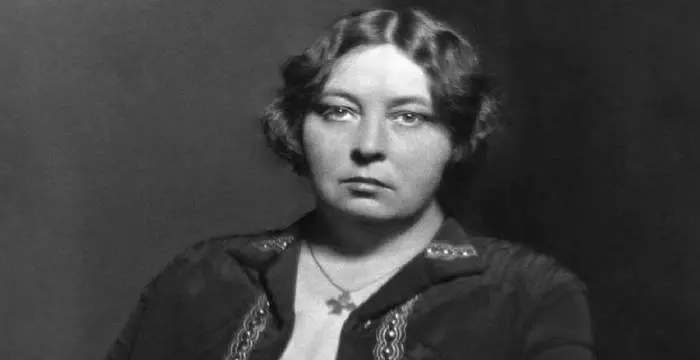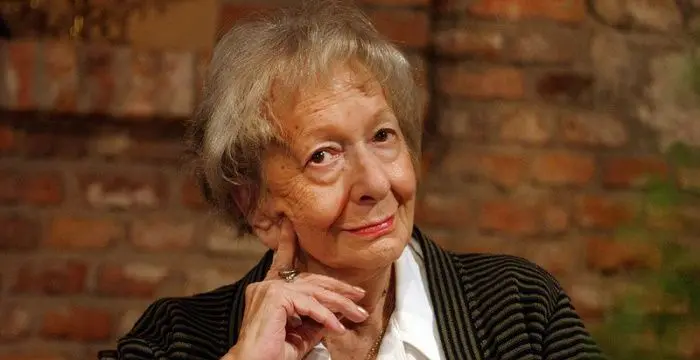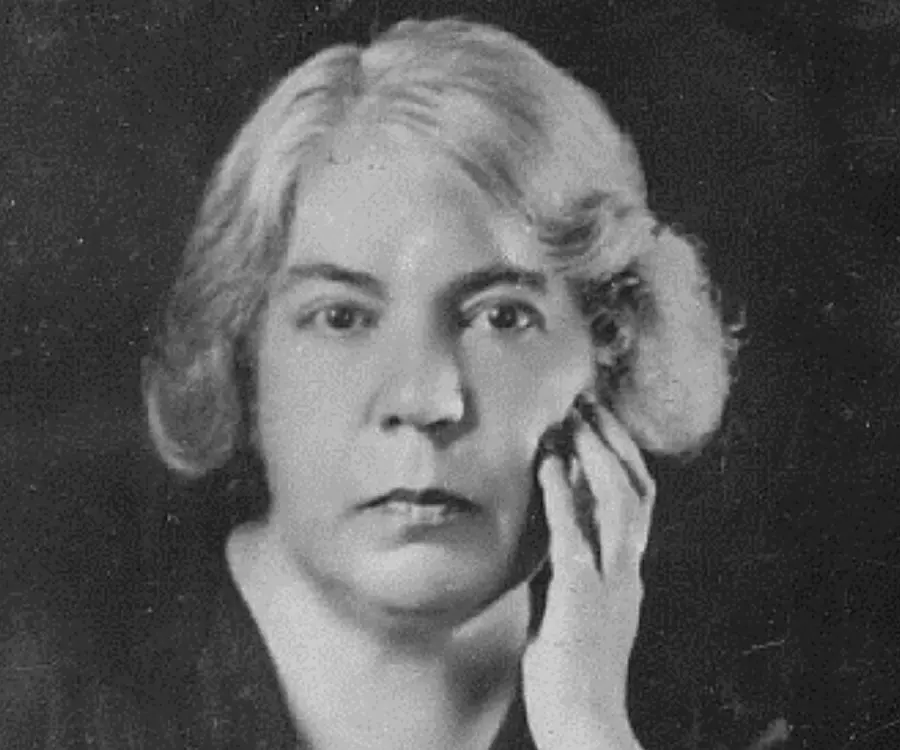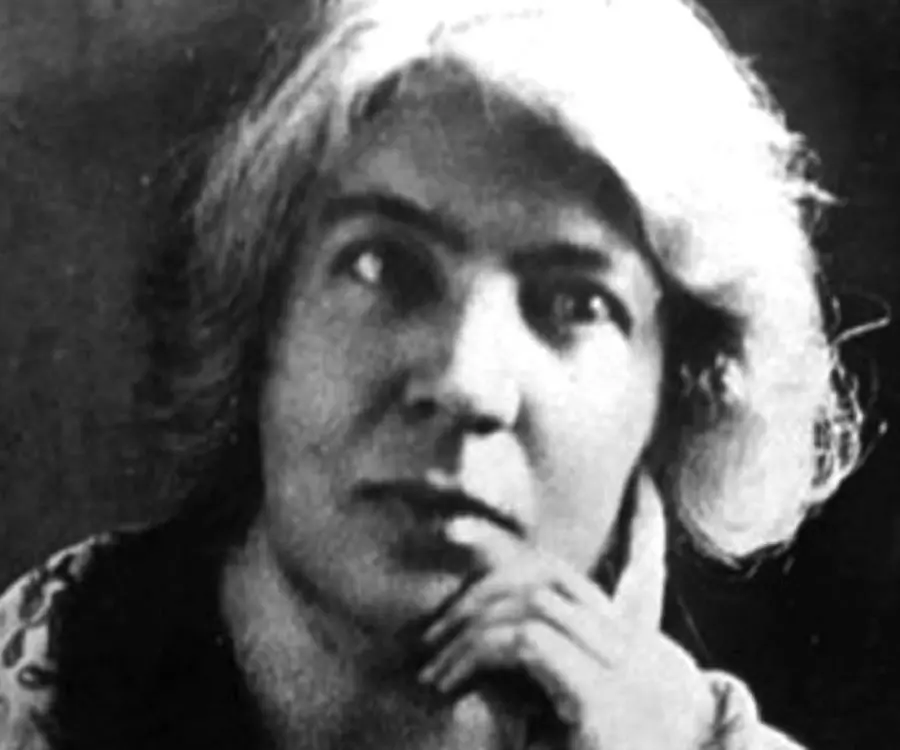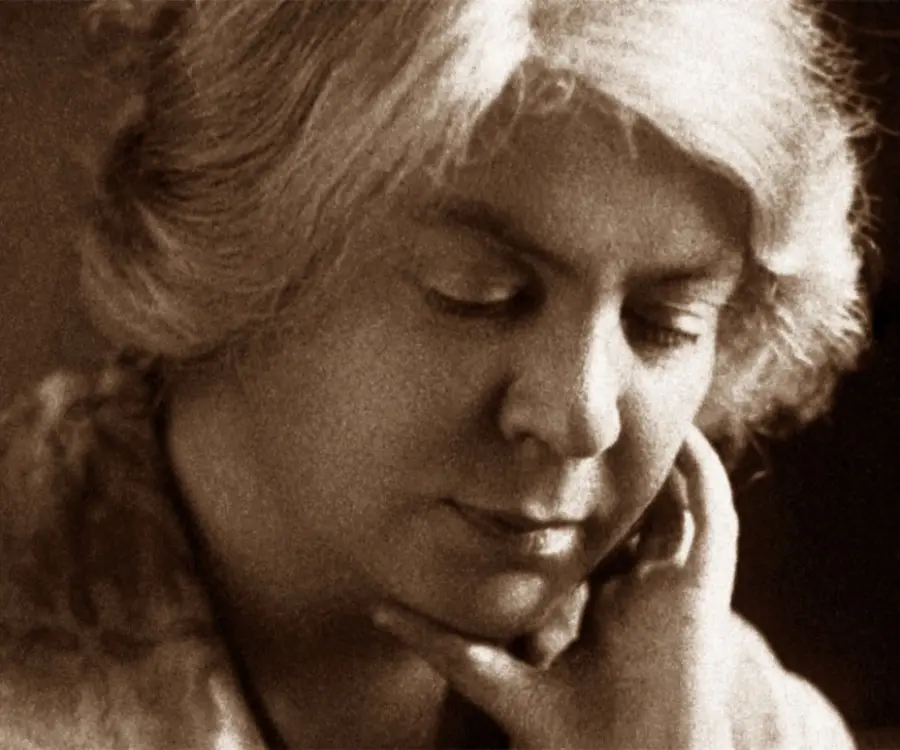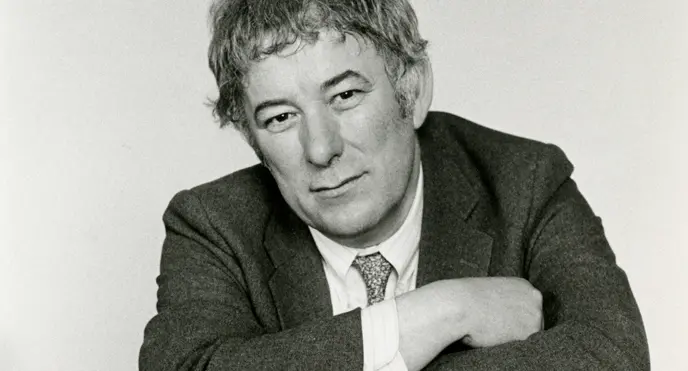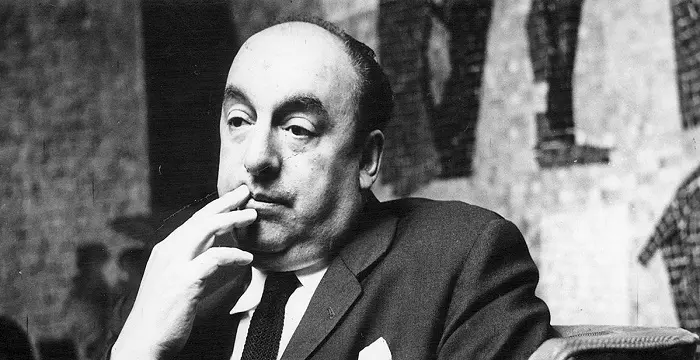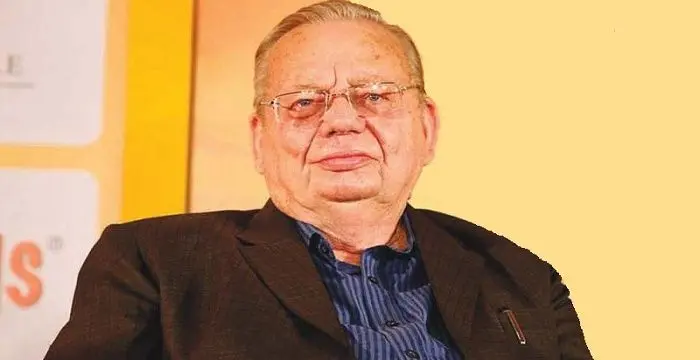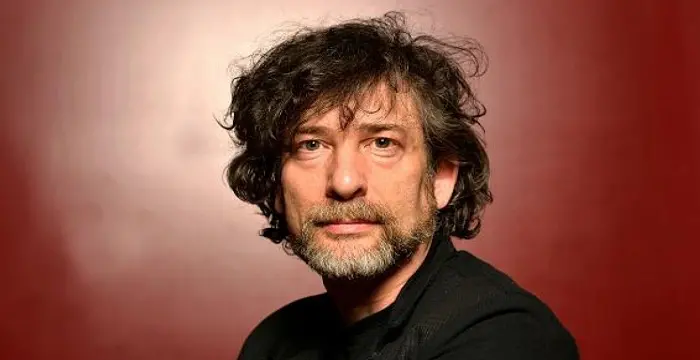
Grazia Deledda - Nobel Laureate in Literature, Career and Family
Grazia Deledda's Personal Details
Grazia Deledda was a Nobel Prize winning Italian novelist and short story writer
| Information | Detail |
|---|---|
| Birthday | September 27, 1871 |
| Died on | August 15, 1936 |
| Nationality | Italian |
| Famous | Nobel Laureates In Literature, Writers, Novelists, Short Story Writers, Nobel Laureate in Literature |
| Spouses | Palmiro Madesani |
| Siblings | Andrea Deledda, Santus Deledda, Vincenza Deledda |
| Known as | Maria Grazia Cosima Deledda, Деледда, Грация |
| Childrens | Franz Madesani, Sardus Madesani |
| Birth Place | Nuoro |
| Gender | Female |
| Father | Giovanni Antonio Deledda |
| Sun Sign | Libra |
| Born in | Nuoro |
| Famous as | Nobel Laureate in Literature |
| Died at Age | 64 |
// Famous Nobel Laureate in Literature
John Galsworthy
John Galsworthy was an English novelist and playwright, who won Nobel Prize for Literature in 1932. Check out this biography to know about his childhood, life, achievements, works & timeline.
Sigrid Undset
Sigrid Undset was Norwegian novelist and a Nobel Prize winner. Check out this biography to know about her childhood, life, achievements, works & timeline.
Wisława Szymborska
Wisława Szymborska was a Polish poet, essayist and translator who won the 1996 Nobel Prize in Literature. Check out this biography to know about her childhood, life, achievements, works & timeline.
Grazia Deledda's photo
Who is Grazia Deledda?
Grazia Deledda was a Nobel Prize winning Italian novelist and short story writer. Born in a small village in the island of Sardinia she received very little formal education. The society in her native village was highly patriarchal and the people were simple, but superstitious. When her first story was published in a magazine, published from Rome, she was rebuked because it went against the norms of patriarchal society. Yet, she continued to write, albeit under pseudonyms. She tasted first major success as she settled in Rome after her marriage to a civil servant. Even then, the customs and traditions of Sardinia as well as the hard life led by the people there were subjects of her writing, and the myths and rituals that she grew up with were reflected in them. As a writer, she had great sympathy for these poor people, who lived away from enlightenment. Many of her characters were social outcasts who suffered in isolation. She also wrote a lot about women and their sufferings and pain. Yet, she believed that life is beautiful and even as she was suffering from breast cancer, from which she eventually died, she wrote about optimism and beauty of life.
// Famous Nobel Laureates In Literature
Seamus Heaney
Nobel Laureate Seamus Heaney was an Irish poet, playwright and translator. Know about his profile, childhood, life and timeline in the biography below.
Jean-Paul Sartre
Jean-Paul Sartre was a great existentialist philosopher of the 20th century. Check out this biography to know about his childhood, family life, achievements and other facts related to his life.
Pablo Neruda
Pablo Neruda was a Chilean poet, politician and Nobel laureate. Go through this biography to learn more about his profile, childhood, life and timeline.
Childhood & Early Years
Grazia Deledda was born on September 27, 1871 at Nuoro, a small village in the island of Sardinia, in a comparatively prosperous family. Her father, Giovanni Antonio Deledda, was a small landowner and a miller. He was also a self-published poet and had a good collection of books. Her mother’s name was Francesca Cambosu Deledda.
Grazia had several siblings. Her two sisters Govianna and Enza died early; one from cold and other from excessive blood loss during a miscarriage. Her brothers, Andrea and Santus, too had their own share of misfortunes. Therefore, after her father’s death it fell upon Grazia to look after the family interest.
Grazia had very little formal education. She learned to read and write at home from her maternal uncle, a clergyman named Sebastiano Cambosu. Later she attended the elementary school for four years. By 1882, she was back at home trying to gather knowledge through extensive reading. .
Her first language was sardo logudorese, the dialect used in Sardinia. Later she learned Italian under a private tutor, who gave her themes to write on. Some of them were so good that he encouraged her publish them. .
In 1886, young Grazia made her literary debut with a short story involving a love triangle. Titled ‘Sangue Sardo’ (Sardinian Blood) the story was published in Ultima Moda, a fashion magazine published from Rome. However, instead of kudos she only got brickbats for it.
The inspiration for the story had come from things happening in her locality. When the villagers realized this they not only burnt the magazine, but also attacked the family. Even her own family did not support her as it went against the tradition of patriarchal society.
However, such incidents could not stop her from writing. Instead she now began to write under the pseudonyms of G. Razia and Ilia di Sant' Ismael and kept on submitting short stories, articles and poems to different magazine. Nonetheless, it was not until 1890 that she could seriously set on her literary career.
Career
‘Nell'azzuro’, published in 1890, is probably her first noteworthy writing. It was followed by ‘Stella d’Oriente’, which was her first novel; albeit a shallow armchair type. ‘Amore regale’ (1891) and ‘Amori fatali’ (1892) followed in quick succession. All these works were published under the pseudonym.
’Fior di Sardegna’ published in 1892, is actually her first serious work. Like most of her work this novel too was based on the life of her native village and its surrounding area. Although it sold well, the book was shunned by people of Sardinia, especially by the inhabitants of Nuoro.
After the initial success, she continued to live in Nuoro and write. Among those works ‘Anime oneste, romanzo famigliare’ (Honest Souls, 1895) and ‘La via del male’ (The Way of Evil, 1896), ‘Le giustizia’ (Justice, 1899) and ‘Le tentazioni’ (1899) are especially noteworthy.
In 1900, she got married and settled in Rome. Yet, Sardinia remained the main theme of her novels. From now on she became a prolific writer churning out novels like ‘l vecchio della montagna’ (The Old Man of the Mountai, 1900) and Dopo il divozio (After the Divorce, 1902) at regular intervals.
Deledda’s first internationally successful novel, ‘Elias Portolú’ was published in 1903. The book was first translated into French by Revue des deux Mondes, a Paris based literary magazine and then into all other European languages. Thanks to such translation she soon became a well-known name in European literary circle.
The period between 1903 and 1920 was the most productive phase for her. She released quite a few memorable works in this period. For example, in 1904, Deledda published ‘Cenere’ (Ashes); it was also translated into various European languages and was adapted into a film in 1916.
After ‘Cenere’, she kept on publishing quite a few notable works based on the life in Sardinia. ’Nostalgie’ (Nostalgia, 1905), ‘I giuochi della vita’ (The Gambles of Life, 1905), ‘L’ombra del passato’ (Shadow of the Past, 1907), ‘L’edera’ (The Ivy, 1908) are few of them.
In 1912, she worked with Camillo Antona-Traversi to write a dramatic version of ‘L’edera’. ‘Canne al vento’ (Reeds in the Wind, 1913), said to be her greatest novel was also produced during this period.
However, when the World War I set in she slowed down a bit and published only three books, only to pick up once the war ended. ‘La madre’ (The Woman and the Priest; U.S. title, The Mother, 1920), was one of her post war books that was widely appreciated.
In all Grazia Deledda wrote more than forty novels and published around eighteen collections of short stories. Her last two books, an autobiographical novel titled ‘Cosima’ (1937) and a collection of short-story ‘Il cedro di Libano’ (The Cedar of Lebanon, 1939) were published posthumously.
Major Works
While she had published numerous novels and short stories prior to it, it was ‘Elias Portolú’, published in 1903, which established her as a writer in Italy and later made her well-known across Europe. The story revolves around Portolú family where the protagonist comes home from jail only to fall in love with his brother’s fiancé.
‘La madre’, also set in a remote Sardinian hilly village, is another of her major works. The real interest of this book lies in the psychological study of the main characters; a mother and her son. The later has become a priest to fulfill her mother’s wishes, but now has succumbed to the temptation of flesh.
Awards & Achievements
Grazia Deledda received her Nobel Prize in Literature in 1926. In their bulletin, the Swedish Academy had said that the writer was honored "for her idealistically inspired writings which with plastic clarity picture the life on her native island and with depth and sympathy deal with human problems in general".
Personal Life & Legacy
In 1899, Grazia Deledda went out of her village for the first time in her life and visited Cagliari, the capital of Sardinia. There she met Palmiro Madesani, a civil servant under the Ministry of War. They got married in 1900 and settled in Rome. The couple had two sons.
In Rome, she led a quiet life attending to her family. At the same time, she wrote a lot and almost produced a novel a year. Towards the end of her life she developed breast cancer. Yet her writings remained optimistic and highlighted the beauty of life.
Deledda died on August 15, 1936 at the age of 64 in Rome. Although she had spent major part of her life in Rome she was buried in her beloved Sardinia at the foot of Monte Ortobene. Much later, a memorial church was built at the site in her honor. It was named after her last novel ‘La Chiesa della Solitudine’.
Trivia
Grazia Deledda’s father Giovanni had many friends, who lived in the towns that surrounded Nuoro. They often came with their families to spend some days in their house. Grazia observed them carefully. Later when she began to write she began to draw her characters from these men.
When she received her Nobel Prize, it was hinted she was awarded it because of political reasons. It was true that Mussolini was big fan of her, but the fact is that she got it because of her own writings and was nominated many times before.
// Famous Short Story Writers
Charles Bukowski
Charles Bukowski was a German-born American novelist, short story writer and poet. With this biography, learn in details about his childhood, life, works, career and timeline
Ruskin Bond
Ruskin Bond is an award winning Indian author of British descent. This biography of Ruskin Bond provides detailed information about his childhood, life, achievements, works & timeline.
Neil Gaiman
Neil Gaiman is an English writer of novels, short stories, children’s books and other literature. This biography provides detailed information about his childhood, life, achievements, works & timeline.
Grazia Deledda's awards
| Year | Name | Award |
|---|---|---|
Other | ||
| 0 | Nobel Prize in Literature | |
Grazia Deledda biography timelines
- // 27th Sep 1871Grazia Deledda was born on September 27, 1871 at Nuoro, a small village in the island of Sardinia, in a comparatively prosperous family. Her father, Giovanni Antonio Deledda, was a small landowner and a miller. He was also a self-published poet and had a good collection of books. Her mother’s name was Francesca Cambosu Deledda.
- // 1882Grazia had very little formal education. She learned to read and write at home from her maternal uncle, a clergyman named Sebastiano Cambosu. Later she attended the elementary school for four years. By 1882, she was back at home trying to gather knowledge through extensive reading. .
- // 1886In 1886, young Grazia made her literary debut with a short story involving a love triangle. Titled ‘Sangue Sardo’ (Sardinian Blood) the story was published in Ultima Moda, a fashion magazine published from Rome. However, instead of kudos she only got brickbats for it.
- // 1890However, such incidents could not stop her from writing. Instead she now began to write under the pseudonyms of G. Razia and Ilia di Sant' Ismael and kept on submitting short stories, articles and poems to different magazine. Nonetheless, it was not until 1890 that she could seriously set on her literary career.
- // 1892’Fior di Sardegna’ published in 1892, is actually her first serious work. Like most of her work this novel too was based on the life of her native village and its surrounding area. Although it sold well, the book was shunned by people of Sardinia, especially by the inhabitants of Nuoro.
- // 1899 To 1900In 1899, Grazia Deledda went out of her village for the first time in her life and visited Cagliari, the capital of Sardinia. There she met Palmiro Madesani, a civil servant under the Ministry of War. They got married in 1900 and settled in Rome. The couple had two sons.
- // 1903Deledda’s first internationally successful novel, ‘Elias Portolú’ was published in 1903. The book was first translated into French by Revue des deux Mondes, a Paris based literary magazine and then into all other European languages. Thanks to such translation she soon became a well-known name in European literary circle.
- // 1903While she had published numerous novels and short stories prior to it, it was ‘Elias Portolú’, published in 1903, which established her as a writer in Italy and later made her well-known across Europe. The story revolves around Portolú family where the protagonist comes home from jail only to fall in love with his brother’s fiancé.
- // 1912 To 1913In 1912, she worked with Camillo Antona-Traversi to write a dramatic version of ‘L’edera’. ‘Canne al vento’ (Reeds in the Wind, 1913), said to be her greatest novel was also produced during this period.
- // 1920However, when the World War I set in she slowed down a bit and published only three books, only to pick up once the war ended. ‘La madre’ (The Woman and the Priest; U.S. title, The Mother, 1920), was one of her post war books that was widely appreciated.
- // 1926Grazia Deledda received her Nobel Prize in Literature in 1926. In their bulletin, the Swedish Academy had said that the writer was honored "for her idealistically inspired writings which with plastic clarity picture the life on her native island and with depth and sympathy deal with human problems in general".
- // 15th Aug 1936Deledda died on August 15, 1936 at the age of 64 in Rome. Although she had spent major part of her life in Rome she was buried in her beloved Sardinia at the foot of Monte Ortobene. Much later, a memorial church was built at the site in her honor. It was named after her last novel ‘La Chiesa della Solitudine’.
- // 1937 To 1939In all Grazia Deledda wrote more than forty novels and published around eighteen collections of short stories. Her last two books, an autobiographical novel titled ‘Cosima’ (1937) and a collection of short-story ‘Il cedro di Libano’ (The Cedar of Lebanon, 1939) were published posthumously.
// Famous Writers
Joyce Meyer
Joyce Meyer is a Christian author and speaker. This biography provides detailed information about her childhood, life, achievements, works & timeline
Temple Grandin
Temple Grandin is a well-known American writer, autistic activist and animal expert. This biography profiles her childhood, life, achievements, career and timeline
Tennessee Williams
Tennessee Williams was one of the greatest playwrights of the 20th century. This biography of Tennessee Williams provides detailed information about his childhood, life, achievements, works and timeline.
Charles Bukowski
Charles Bukowski was a German-born American novelist, short story writer and poet. With this biography, learn in details about his childhood, life, works, career and timeline
Susan Sontag
Susan Sontag is an American critical essayist, cultural analyst, novelist, political activist, filmmaker and playwright of international repute. Read on to find out more about her childhood, career, profile and timeline.
Suze Orman
Suze Orman is an American television host, financial advisor, author and motivational speaker, famous for her ‘The Suze Orman Show’ on CNBC. This biography profiles her childhood, life, career, works, achievements and timeline.
Grazia Deledda's FAQ
What is Grazia Deledda birthday?
Grazia Deledda was born at 1871-09-27
When was Grazia Deledda died?
Grazia Deledda was died at 1936-08-15
Where was Grazia Deledda died?
Grazia Deledda was died in Rome
Which age was Grazia Deledda died?
Grazia Deledda was died at age 64
Where is Grazia Deledda's birth place?
Grazia Deledda was born in Nuoro
What is Grazia Deledda nationalities?
Grazia Deledda's nationalities is Italian
Who is Grazia Deledda spouses?
Grazia Deledda's spouses is Palmiro Madesani
Who is Grazia Deledda siblings?
Grazia Deledda's siblings is Andrea Deledda, Santus Deledda, Vincenza Deledda
Who is Grazia Deledda childrens?
Grazia Deledda's childrens is Franz Madesani, Sardus Madesani
Who is Grazia Deledda's father?
Grazia Deledda's father is Giovanni Antonio Deledda
What is Grazia Deledda's sun sign?
Grazia Deledda is Libra
How famous is Grazia Deledda?
Grazia Deledda is famouse as Nobel Laureate in Literature
